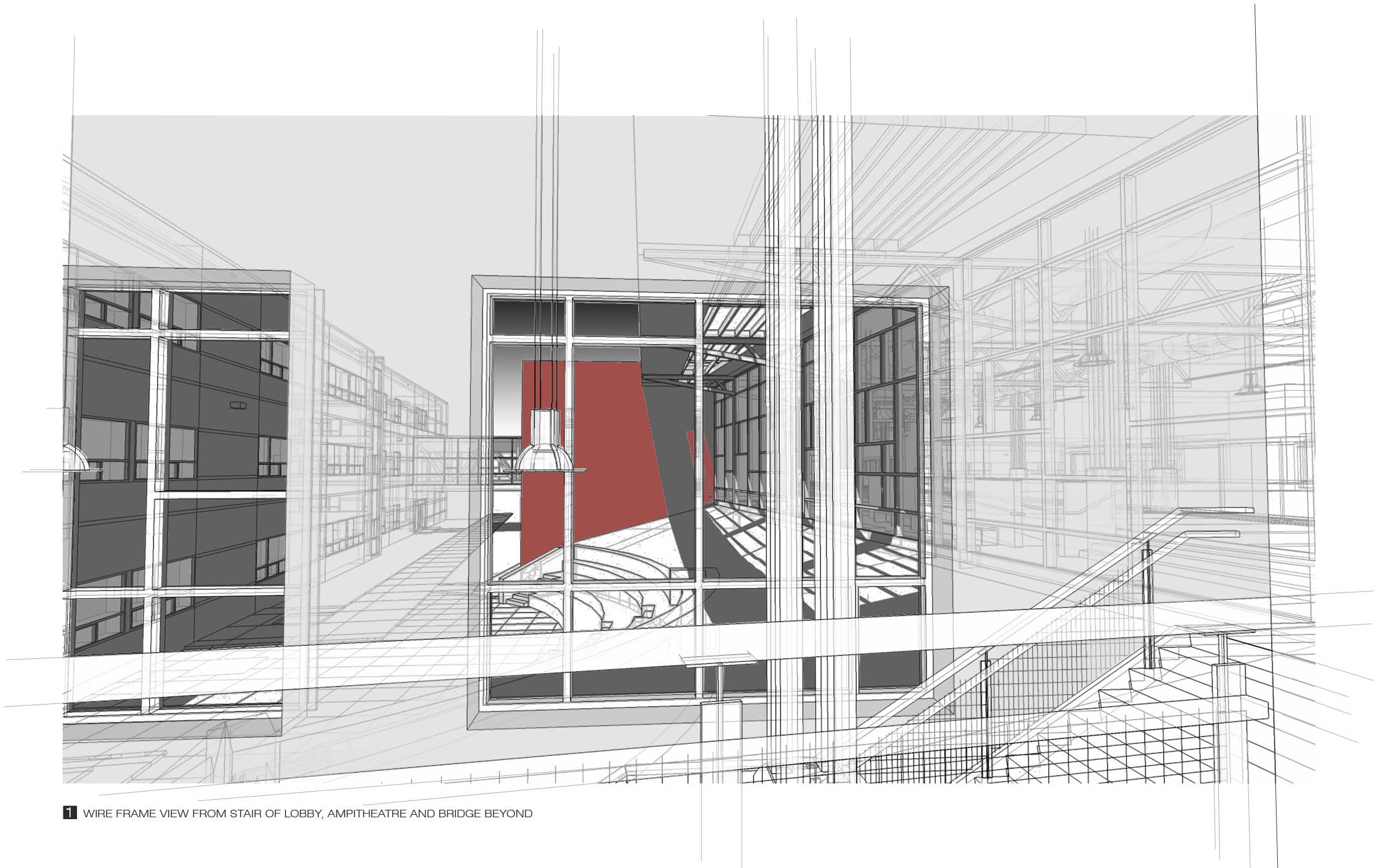Design Series – Article 4
Architects should be storytellers. When we invite others into the world of understanding architectural or creative ideas, the most effective way to do so is by laying out the foundation and development of the narrative, just like reading a book. This way, there is justification or connection of dots between the birthing of a design idea to its transformation to a tangible concept that can be understood by all. The climax of the narrative is of course, the idea becoming reality.
One of the most valuable lessons of a highly effective communicator is to convey complex ideas in a simple way. Presenting the genesis and context of an idea is always the key factor to achieve this.

When presenting to design professionals, this process allows in depth understanding of why or how key paradigms were made. Sometimes understanding the process provides alternative paths for exploration, like a journey in a story book. Good design always stems from an exploration of options and paths, the built environment being the destination. However, the final design will vary based on the journey. Multiple design professionals will always produce a different concept based on the same program, site, and project paradigms. The most common example of this is the competition to win a proposal between architectural firms.
For an audience without design expertise, explaining the thought progression will allow a greater understanding of the overall design concept. Large concepts can be broken down into smaller portions of narrative for ease of understanding. Equally, a large narrative can aid in understanding multiple smaller concepts in an organized and purposeful way. For example, presenting a narrative indicating the experience at the heart of the school both philosophically and locationally as the driving factor of the design will aid the audience’s understanding of the overall design.

There are many methods how the narrative can be explained. As Architects are visual by nature, a few of the most common methods are to include sketches, inspiration images, personal experiences, and citations from miscellaneous sources as impactful drivers of the overall narrative. Many times, an idea is inspired by culture or nature such as a national bird, flower, or history of a specific place. Not all narratives are poetic in nature. A site analysis or a building organizational diagram serves as steppingstones along the way. Verbal explanations are always most effective when accompanied with images. The goal for all these examples is to convey the journey in which the Architect has traveled to arrive at their destination.
In summary, the virtue of the narrative will always enhance how Architects communicate the design intent. After all, one can’t judge a book by its cover.





